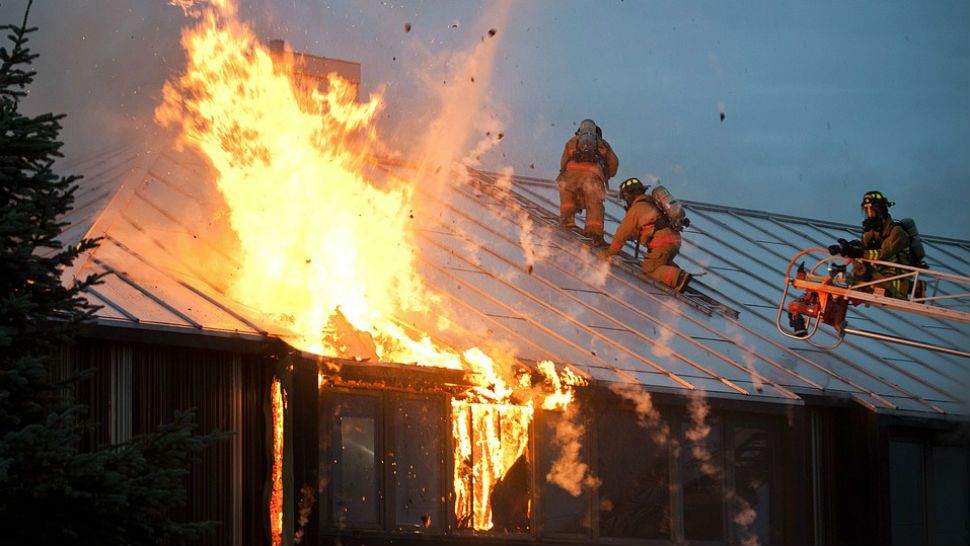TEXAS – While the temperatures continues to rise in Texas so do the number of calls for house fires.
The Texas A&M Forest Service has tips and tricks to keep houses from burning amid the growing number of wildfires.
Landscaping
One of the first areas prone to fire danger is the landscape surrounding a home. According to the Forest Service, selecting “firewise” landscaping is key.
“Firewise” landscaping means planting foliage that is drought-tolerant and easily pruned. The best trees are ones with open branches, like oak and hickory trees which can slow down a blaze.
- Keep 30-foot radius of non-burnable area around homes
- Use fire-resistant roofing materials like tile, metal or asphalt
- Add walkways and paths surrounding homes to break up fires
- Have a water hose long enough to go around house
- Prune trees within 100 feet of your home
- Clean out roof and gutters frequently
- Lawns should be 2 inches or less
- Trim and water flowers
Fire-resistant plants
While fireproof plants don’t exist, there are several types that can handle high temperatures better than others. Plants with a high amount of moisture won’t ignite as quickly as highly combustible plants. Some plants produce a lot of heat and can rapidly spread fires to nearby homes.
Homeowners can map their landscape design to prevent fires from spreading quickly to their home. Yards should be divided into two zones.
Zone One: The first zone is 10 feet from the home. Plants should be low to the ground, green, well-watered and healthy. Good plants for this zone include columbine, violet, Mexican primrose and phlox.
Zone Two: The next zone is between 10 and 30 feet from the home. This area typically has trees, shrubs and grass. Grass should be cut short and well-watered. The best foliage for this zone includes deciduous trees, Texas bluebells, asters, bluebonnets, and gay feathers.
Ember danger
While they are small, embers from a fire can pose the greatest threat to a home.
Embers are fiery pieces of wood that can be carried to start other fires by air currents. Larger fires can create a blizzard of embers, which can travel up to one mile.
Finding even the smallest places to ignite, embers can destroy an entire house. Embers typically cluster in gutters, vents, split-level roofs, dry grass, patio furniture cushions and dead vegetation.
The Forest Service advises adding metal screening over vents, removing flammable debris from crawl spaces, mowing lawns regularly, and reducing the density of tall trees so the canopies don’t touch.
“You don’t have to live in a concrete block home with stainless steel doors and a metal deck all the way around it. You just have to remember it’s the little things that count,” said Jack Cohen, Research Physical Scientist with the U.S. Forest Service.
For more information visit the Texas A&M Forest Service website.



